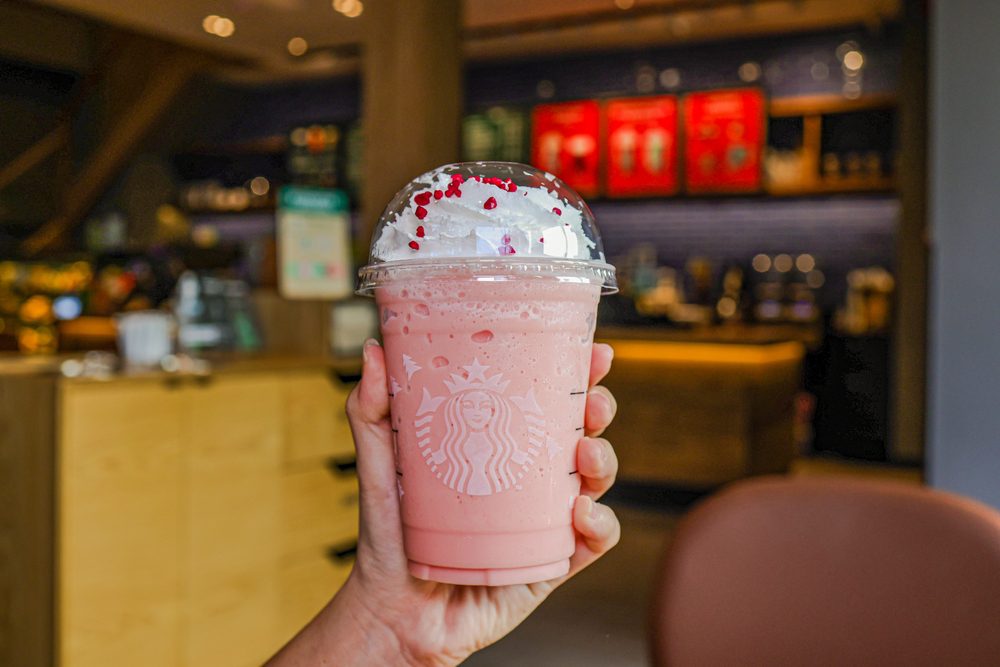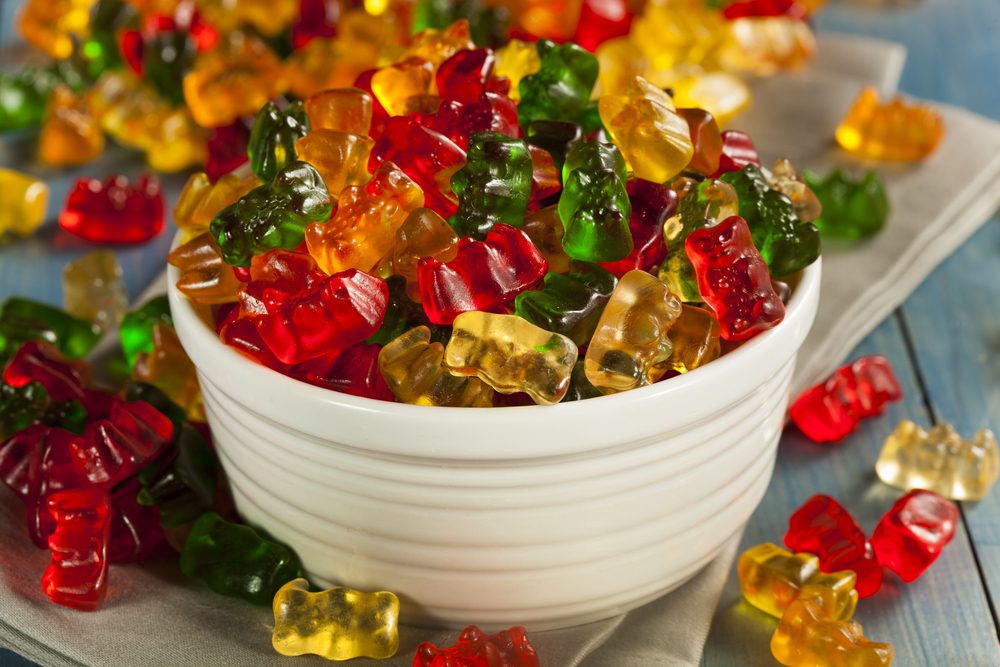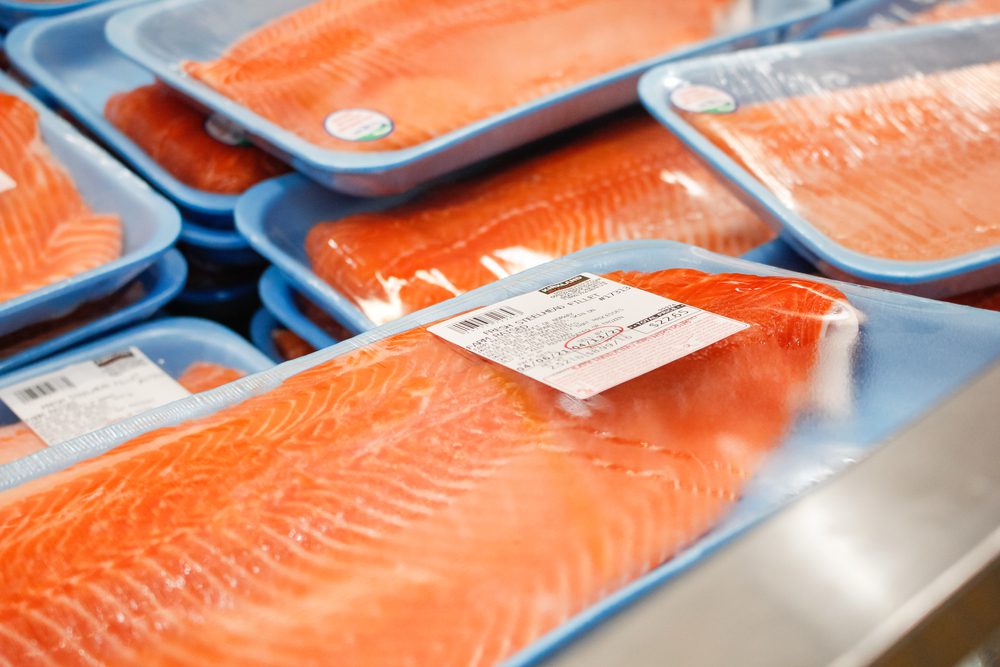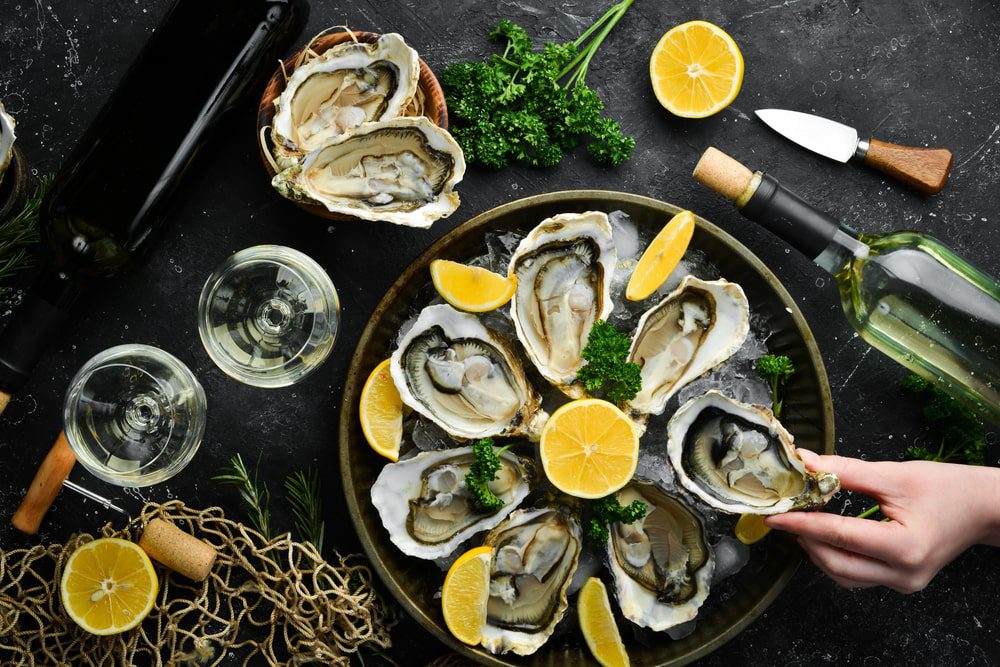There are lots of mind-blowing food facts. In fact, some are so bizarre that you may think they are made up. But no, they are for real!
Whether you consider food solely a fuel source or like to explore as many flavors and textures as possible, everyone needs food to follow through with their daily tasks and survive. Do you know that every American eats around 1,996 pounds of food a year? This definitely isn’t a strange food fact, but I thought I might start this article with.
Now, which of these statements do you think is true?
a) Gelatin isn’t vegetarian.
b) Carrots come in many colors.
Spoiler alert: both of them are true.
I’ve rounded up some of the strangest food facts, so get ready to learn something new and be surprised! Let’s get started!

1. Some Red Food Dyes Contain Insects
The first food fact on this list is a bit gross, but it’s real! People panicked when the media revealed that Starbucks’ Strawberry Frappuccino owes its pink coloring to crushed-up bugs. That’s how the hysteria over Carmine began. This centuries-old red dye has been used in many food products and, yes, is technically made from insects.
However, it’s actually less harmful than many other alternatives, and it’s easier to avoid than scaremongering headlines suggest.
If you’ve ever eaten or drank something with a pink, reddish, or purple hue, you’ve most likely ingested carmine. It’s a pretty common dye used in foods like candy and popsicles; it’s also used in some lipsticks.
While the dye’s vibrant color comes from the cochineal insect, a tiny bug living in Peru and the Canary Islands, you won’t actually find a stray thorax in your food that contains carmine. That’s because Carmine only contains the solution in which crushed-up bugs are dunked, not the bugs themselves.
What do you think about this food fact? Would you still eat something with Carmine in it?
2. Spicy Food Can Make You Feel High
Feeling “spice drunk” is somehow similar to experiencing a runner’s high: you’re convinced that you’re invincible. Obviously, pleasure, in this case, is associated with pain. That’s because when you eat certain spicy foods that contain capsaicin, which is the compound that creates that burning sensation, the pain receptors in your mouth are activated.
When you feel pleasure, your body releases chemicals known as dopamine and endorphins. Well, here’s the second food fact: if you take pain and pleasure and combine them (like in the case when you’re eating spicy foods), these two opposite reactions can provide a euphoric feeling.
It doesn’t completely conceal the burn of the spicy food, though. There’s definitely a certain point at which one can feel more pain than joy when eating extremely spicy food.
3. The Filling Inside of Kit Kats Is Actually Made of Ground-Up Kit Kats
Kit Kat revealed the secret of its chocolatey filling back in 2015. According to them, during the candy manufacturing process, mistakes inevitably occur, some of which result in malformed, irregular, or otherwise funny-looking Kit Kats that cannot be packaged up and sold. Therefore, employees are tasked with picking out the oddballs.
The broken Kit Kats go through a rework process, which basically means the candy is ultimately combined with sugar and cocoa liquor to create the paste that makes the wafer cookies bind together inside each Kit Kat. This being said, Kit Kat filling is made of damaged Kit Kats.
This food fact was confirmed by Joyce Tan, head of marketing confectionery at Nestlé Australia.
4. White Chocolate Isn’t Actually Chocolate
Food fact No. 4: White chocolate isn’t, well, chocolate. Despite its name, white chocolate doesn’t actually have any real chocolate components in it. Yes, it’s a mixture of cocoa butter, vanilla, sweeteners, dairy milk, and other flavorings—but no cocoa nibs or cocoa solids. The absence of chocolate components and the addition of excess sweeteners have made some wonder why white chocolate is even called chocolate.
When it comes to discussing whether this pale confectionery can be regarded as true chocolate, there are two points of view to consider: how the product tastes and the legal definition of chocolate.
In terms of taste, it’s difficult to consider white chocolate to be real chocolate since it doesn’t contain the actual cocoa bean that we associate with this sweet food. By legal standards, however, white chocolate meets the definition of chocolate, which says this food has to contain at least 20% cocoa butter and 3.5% milk solids.
What do you think about this food fact? (I’ve typed the word “chocolate” so many times here that I’ve ended up having a chocolate bar myself.)

5. Gummy Bears Are Made With Car Wax
If you’ve ever wondered how gummy candies get that glossy sheen, here’s a food fact that has your answer! Fruit-flavored snacks like gummy bears are made with carnauba wax, a key ingredient used to make car wax that produces a brilliant shine.
Carnauba wax is found on the leaves of the carnauba palm tree that grows in the northeastern Brazilian savannas. The leaves are crushed to loosen the wax, which is eventually refined, bleached, and sold.
While it may also be found in shoe polish, floor polish, or cosmetics, this type of wax is used to give a brilliant shine to many things that go into your mouth, such as candies, chewing gum, sauces, and gravies. It’s also commonly used in pharmaceuticals as a very thin coating on tablets to aid swallowing.
Did you know that a certain type of salmon isn’t naturally pink? Keep reading to find out other food facts!
6. Gelatin Is Made From Pork Skins and Cattle Hides
This food fact is quite gross, but I had to include it in this list. I mean, who would have thought that gelatin wasn’t vegan?
We all know that gelatin is used in desserts such as frozen cakes, marshmallows, and jelly powders. Despite this, you’d be surprised to learn that this ingredient is made from the collagen of animal bones and skin.
Gelatin turns into a liquid when heated and solidifies when it cools. This can be easily seen when you make your own soup stock using animal bones, for instance. Once the broth is cold, you can see the gelatin.
According to several brands of jelly powder, the gelatin used is extracted only from pork skins and cattle hides, and only from the hides of healthy animals that have died.
If you’re vegetarian, did this food fact convince you to stop eating things that contain gelatin?
7. Honey Is Made From Nectar and… Bee Vomit
If you think honey is entirely made from flower nectar, you should read this food fact. A key part of the honey-making process is what happens inside the bee. These insects use their digestive system to break down the nectar by swallowing and vomiting it several times before finally leaving it in the honeycomb for storage and evaporation.
While this food fact is a bit disgusting, the process actually helps remove some of the natural yeasts and water present in the nectar, which may otherwise cause the sugars to ferment. That’s why ripe honey never spoils because it’s shelf-stable.
Honey comes in various colors and tastes, depending on the flower nectar that bees collect. For instance, clover honey is light in color and mildly flavored, while buckwheat honey is darker and bolder-tasting. Honey may also darken or become a little stronger-tasting with age, but it will stay edible indefinitely if it’s kept in a sealed container at room temperature.
8. Deli Meat Is the Culprit Behind 90% of Listeria Cases in Grocery Stores
This food fact may convince you that deli meat can be dangerous for your health. According to a recent study conducted by the International Journal of Food Microbiology, 90% of listeria cases in grocery stores come from deli meat.
Prepackaged deli meat is less likely to spread listeria bacteria, but when it comes to a deli where meat is sliced on the premises, the bacteria are more likely to contaminate surrounding areas. That’s because several surfaces are involved in on-site prep: if one object gets contaminated, anything that comes into contact with something that it has touched—deli slicers, cutting boards, utensils, hands—can easily spread the listeria bacteria to other foods.
Moreover, this bacteria can keep multiplying in refrigerated environments, which is why the CDC recommends eating your deli meat within a maximum of five days after purchasing it.

9. Farm-Raised Salmon Isn’t Naturally Pink
Food fact No. 9: Your salmon may be lying to you. What do most people look for when purchasing salmon? Not fat content or size. Most of us look for color. Since the fish is widely known for its distinctive pink hue (we even refer to this hue as “salmon”), darker salmon sell better.
But when it comes to farm-raised salmon, which makes up 70% of the market, color has little if anything to do with quality. That’s because farm-raised salmon is naturally gray due to their diet, which consists of processed fish waste, antibiotics, and chemicals. Yes, that’s right! So how do they make it pink, you may ask?
Most fish farmers add carotenoids and pigmenting compounds to the food they give to the fish so that they get the deep pink color that wild salmon achieve naturally from the crustaceans and other foods in their environment.
10. Carrots Come in Different Colors
The last food fact that may surprise you is that carrots aren’t only orange. They can be yellow, white, magenta, red, and even purple!
The reason carrots come in different colors is the pigment they contain. The orange color is due to carotenes, while the yellow is due to anthocyanins. Also, the carrot’s color on the outside surprisingly doesn’t always match the color on the inside. For instance, purple carrots are either orange, white, or red on the inside because of their anthocyanin content.
But the color of the carrots also depends on how they are grown. The conditions of the soil, weather conditions, the time of year the seed is sown, and the amount of water and sun the seed receives are all factors that contribute to the vegetable’s color.
You’re probably wondering whether there are any differences in taste. Well, a purple carrot doesn’t taste the same as an orange one. While the taste is different, it’s a rather subtle change, and it’s most noticeable when you eat the carrots raw rather than cooked.
Which food fact on this list surprised you more? Let us know in the comments section!
You may also want to read Scientists Cloned These 10 Animals! What’s Next?








